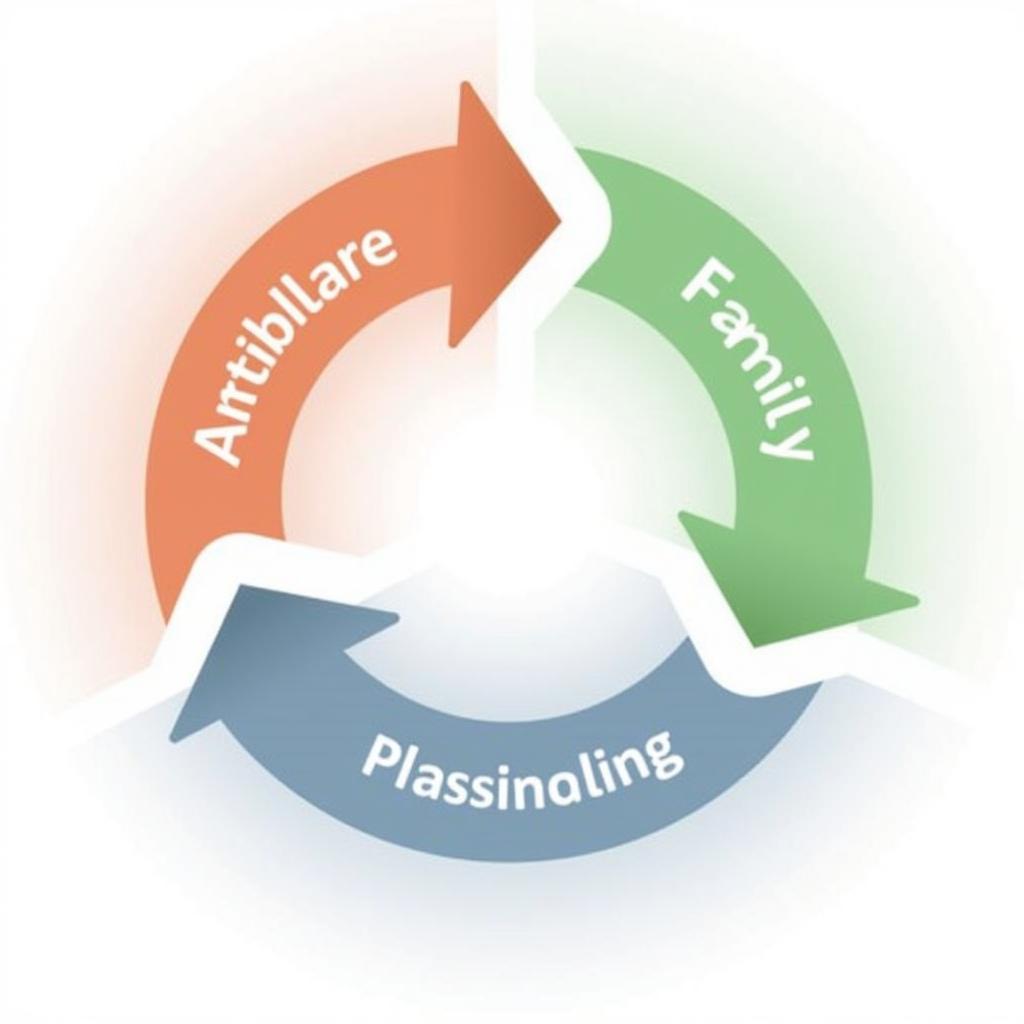The Mental Research Institute (MRI) has significantly impacted how we understand communication and its influence on human behavior. Founded in 1959, the MRI pioneered groundbreaking approaches to therapy and interaction, focusing on the pragmatic and systemic aspects of human problems. Their work has influenced fields ranging from family therapy to organizational development, emphasizing practical solutions and brief interventions.
The MRI distinguished itself by moving away from traditional psychoanalytic models and embracing a more action-oriented, systemic approach. This shift involved viewing problems not as residing within individuals but as arising from dysfunctional patterns of interaction. The focus was placed on identifying and interrupting these problematic cycles of communication. See our page on the Prevention Research Institute for related information.
Key Principles of the Mental Research Institute
The MRI’s theoretical framework revolves around several key principles:
- Cybernetics: This emphasizes the role of feedback loops in maintaining stability and change within systems. Understanding how feedback operates within families, organizations, and other social systems became central to MRI’s approach.
- Systems Theory: This perspective highlights the interconnectedness of elements within a system. Changes in one part of the system inevitably affect other parts, requiring a holistic understanding of the entire dynamic.
- Constructivism: This emphasizes the subjective nature of reality and how individuals actively construct their own meanings and interpretations of the world.
- Pragmatism: The MRI’s emphasis on practical solutions led to the development of brief, focused interventions designed to generate rapid change.
 MRI Communication Patterns
MRI Communication Patterns
How MRI Changed the Landscape of Therapy
The Mental Research Institute revolutionized therapy by introducing several innovative concepts:
The Problem is the Solution:
This paradoxical idea suggests that the way people try to solve their problems often inadvertently perpetuates them. For instance, a person’s attempts to reassure an anxious partner may actually reinforce the anxiety.
Second-Order Change:
This concept differentiates between superficial changes within a system (first-order change) and more fundamental shifts in the underlying rules that govern the system (second-order change). MRI interventions aim for the latter, creating lasting transformations.
Reframing:
This technique involves changing the meaning or interpretation of a situation, thereby altering its emotional impact and opening up new possibilities for action.
Dr. Eleanor Vance, a renowned family therapist, notes, “The brilliance of MRI lies in its simplicity. By focusing on the present and interrupting problematic patterns of interaction, they created a remarkably effective approach to change.”
 MRI Therapy Session
MRI Therapy Session
What Makes MRI Different?
The MRI’s approach stands out due to its:
- Brief Therapy Model: MRI interventions are designed to be short-term and highly focused, aiming for rapid results.
- Emphasis on Action: The focus is on doing something differently, rather than delving into past experiences or unconscious motivations.
- Collaboration: The therapist acts as a guide and facilitator, working collaboratively with clients to identify and interrupt problematic patterns.
 MRI's Impact on Organizational Development
MRI's Impact on Organizational Development
For more on environmental research institutes, visit Terra Environmental Research Institute photos and Environmental Systems Research Institute Inc. You can also explore the Institute for Intergovernmental Research.
Conclusion: The Enduring Legacy of the Mental Research Institute
The Mental Research Institute’s focus on communication, systems, and pragmatic solutions has profoundly impacted the field of therapy and beyond. By shifting the focus from individual pathology to interactional patterns, the MRI paved the way for innovative approaches to understanding and addressing human problems. Their contributions continue to shape how we think about change, offering practical and effective tools for individuals, families, and organizations seeking to create more positive and functional interactions.
FAQ
- What is the main focus of the Mental Research Institute? The MRI focuses on communication patterns and how they contribute to problems.
- How does MRI differ from traditional therapy? MRI emphasizes brief interventions and focuses on present interactions rather than past experiences.
- What is reframing? Reframing is a technique used to change the meaning or interpretation of a situation.
- What is second-order change? Second-order change refers to fundamental shifts in the underlying rules of a system.
- Is MRI therapy long-term? No, MRI therapy is typically short-term and solution-focused.
- What is the role of the therapist in MRI? The therapist acts as a guide and facilitator, working collaboratively with clients.
- What types of problems can MRI address? MRI can address a wide range of problems related to communication and interaction in families, couples, and organizations.
Common Scenarios for MRI Application
- Family conflict
- Communication breakdowns in couples
- Organizational dysfunction
- Anxiety and phobias
- Eating disorders
Further Research
Explore related topics on our website such as systemic therapy, family therapy, and communication theory.
Contact Us
For assistance, contact us at Phone: 0904826292, Email: research@gmail.com or visit us at No. 31, Alley 142/7, P. Phú Viên, Bồ Đề, Long Biên, Hà Nội, Việt Nam. Our customer service team is available 24/7.